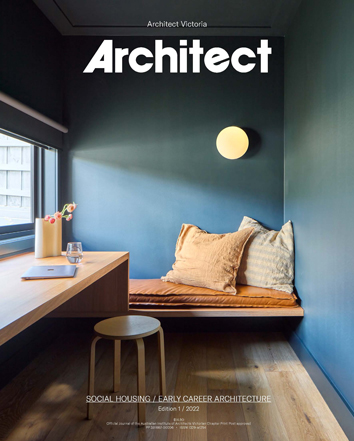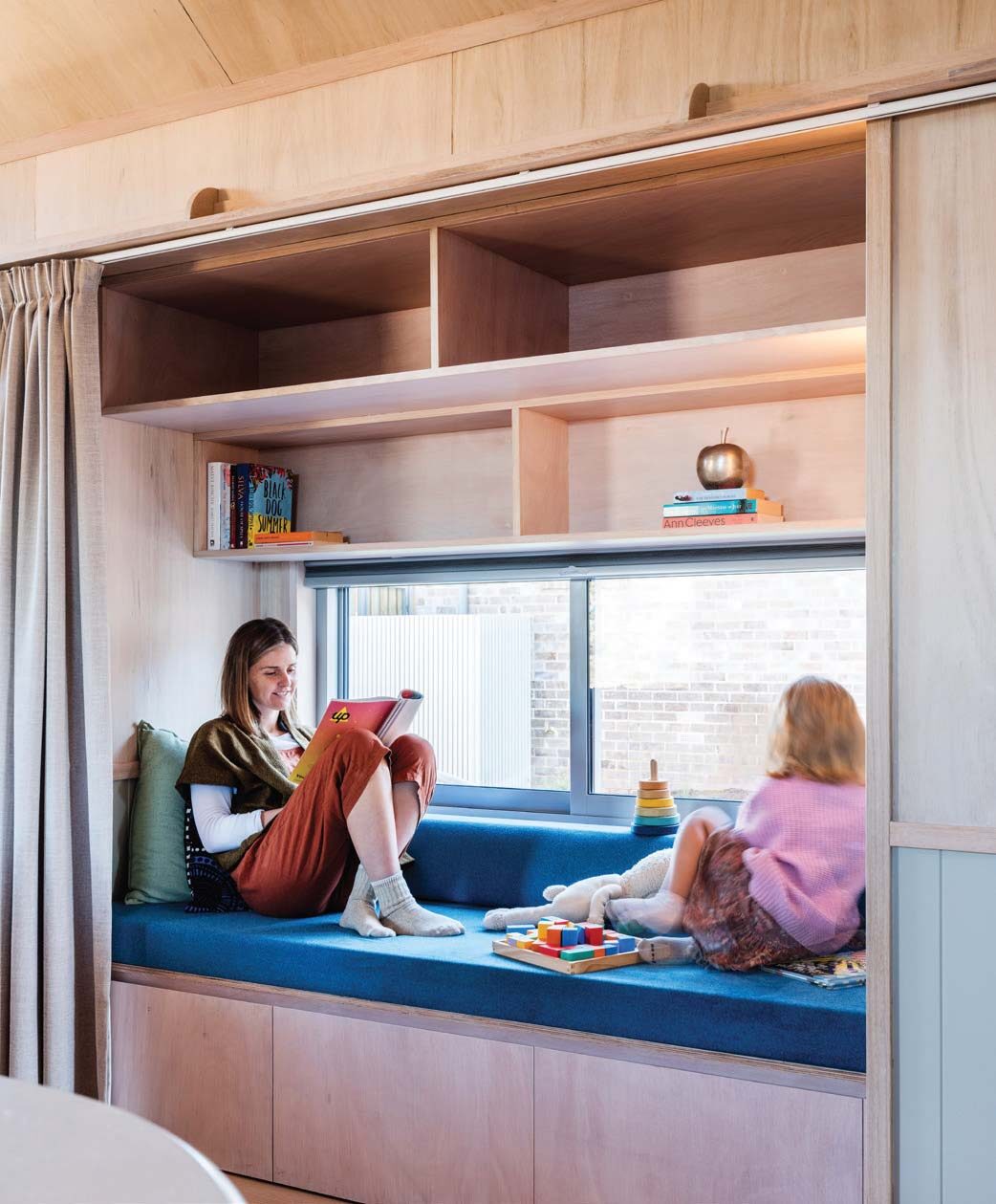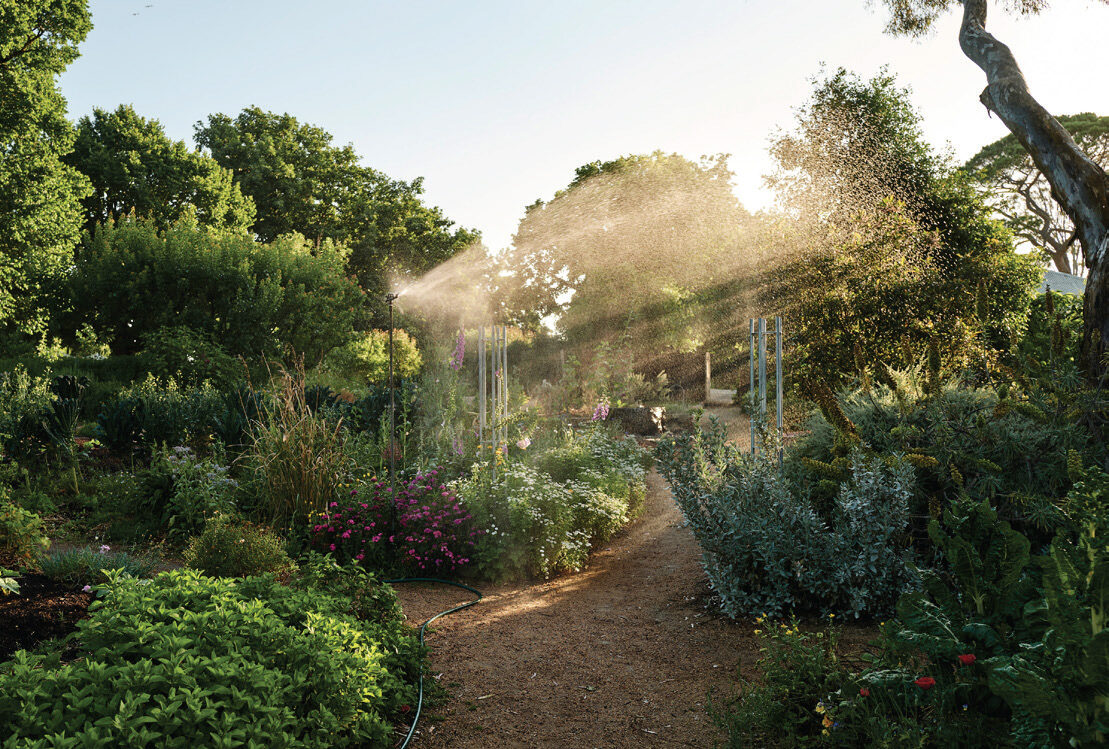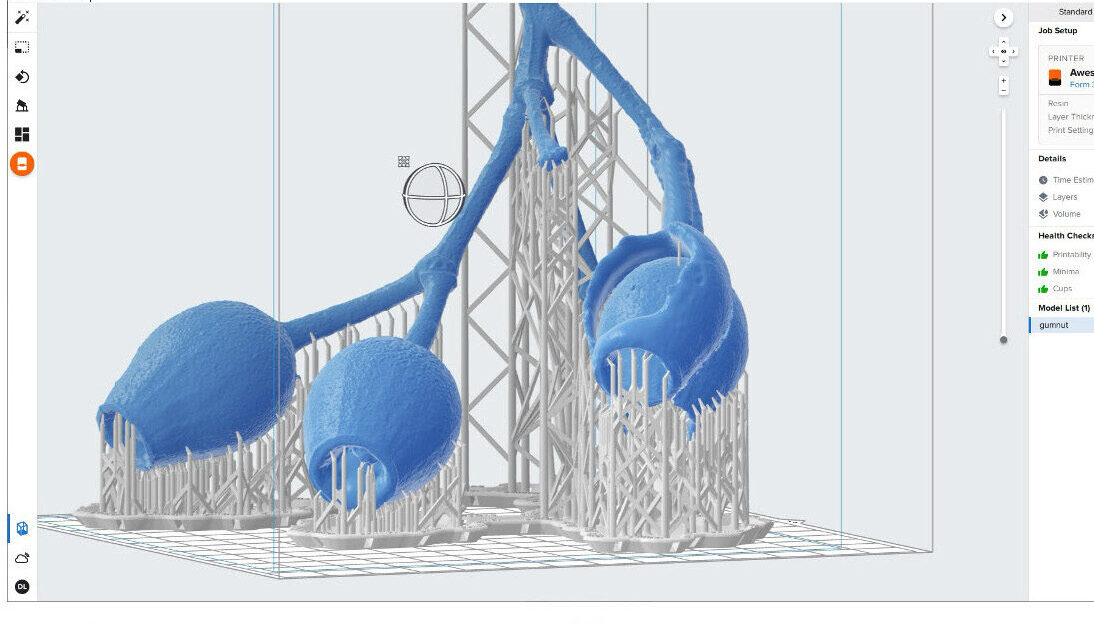Investment in affordable housing quality: Why the industry should support it
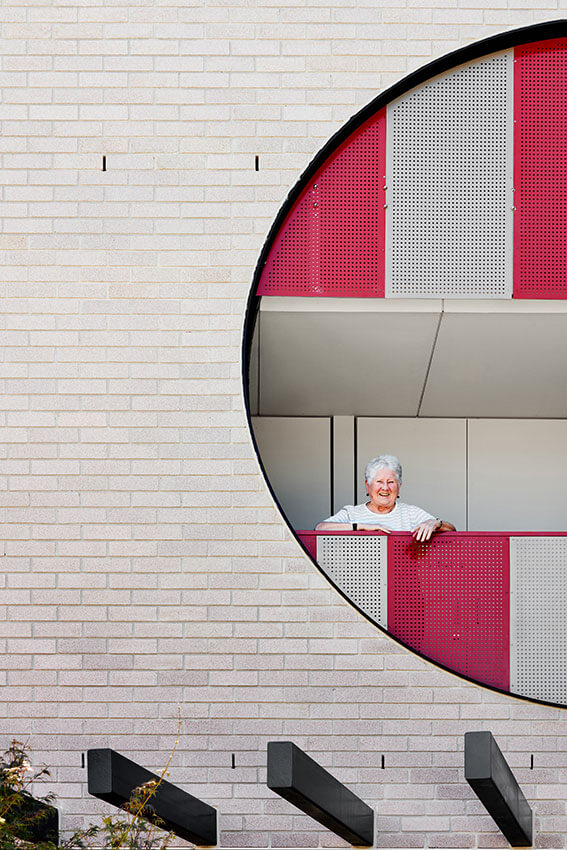
Recently, we have seen many news stories pointing to the bounce back and now surge in house prices in our capital cities. With this, a host of public servants, politicians, residential property investors, and homeowners sit back content, another KPI met, clearly all is well in the garden. The low interest rates, the decades-long incentives rewarding this investment are working. But are they? Are we getting the housing infrastructure we need, in the locations and in the form and tenure required to build the Australia we need economically and socially?
The facts:
> Average capital city prices have more than doubled since 2003 outstripping wages growth.
> Career and income certainty in the last ten years has rapidly transformed, with COVID-19 bringing into sharp focus the vulnerability of many Australians to loss of income and with that eviction.
> Once rent and mortgage costs are deducted, the rate of increase in average equivalent disposable income of the top 10% of households was 2.7 times faster than for the bottom 10% (between 1988 and 2015), with more rapid gaps established since that time.
> Home ownership across the nation continues to fall with now more than a third in rental accommodation. In areas of high concentration of jobs around which our nation is dependent, rental levels are sometimes more than half of all households and the availability of appropriate and affordable housing is even more dire.
> Our capital cities, our regional cities, and our popular tourist destinations all report major shortages of affordable housing for lower income households, including the key workers on which the centres are dependent for their services.
> For these renters (many of them millennials), higher debts on graduation combined with less job certainty, lower rates of wages growth and higher household costs place households under enormous stress.
> Victoria has the lowest percentage of public housing in the country and while the unprecedented Big Build of the Andrews Government will introduce a welcome and massive investment of $5.3bn to replace old stock and build 12000 new homes, the increase only brings housing targeted at our lowest income households to a level like that in NSW.

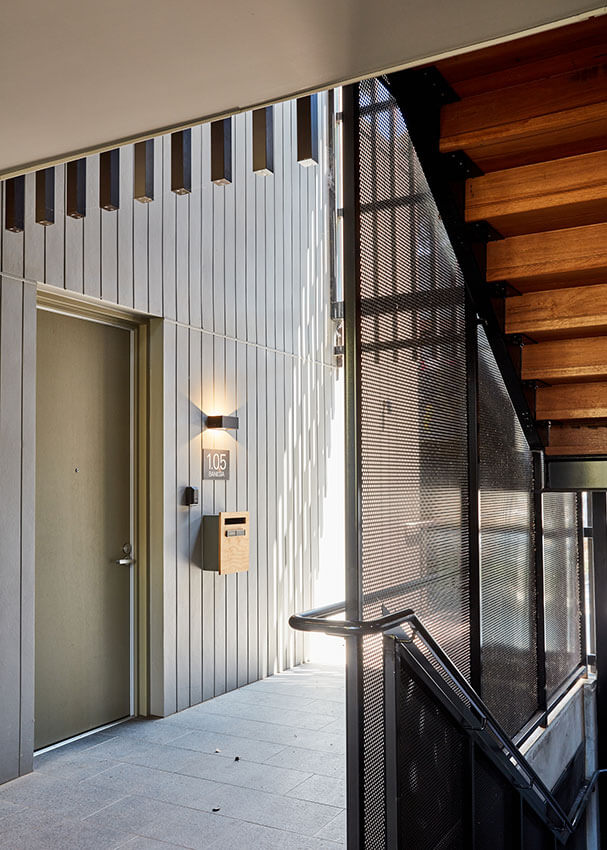
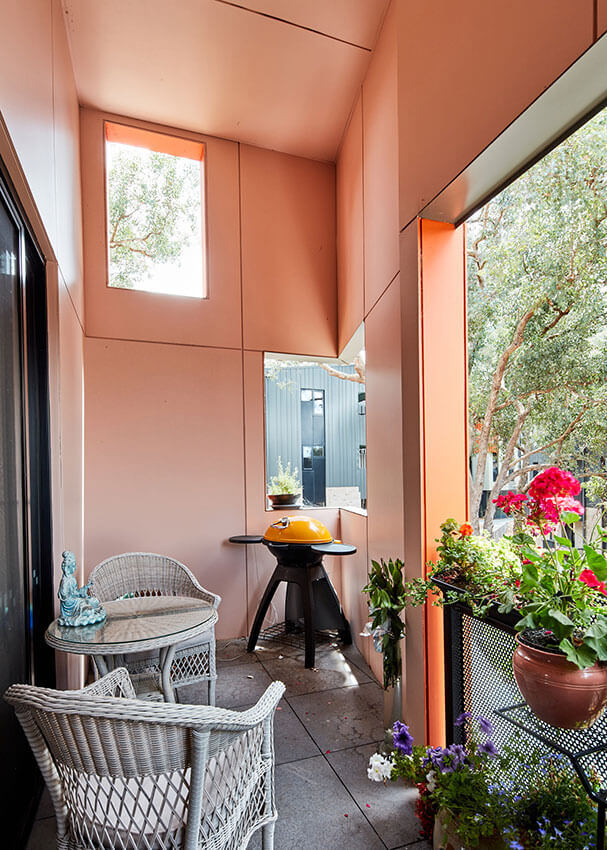
Work MGS Architects undertook for the Inner South East group of councils with SGS Economics highlights a concerning shift. Nearly all the areas of Melbourne serviced by good public transport were severely, or extremely, unaffordable for single workers.
What is meant by affordable housing?
In recent years key changes in the Planning and Environment Act (the Act) have made the delivery of affordable housing a key purpose of planning and urban development. The Act has also provided definitions of what is meant by affordable housing describing three categories, Very Low, Low, and Moderate Income. The income levels are regularly updated and reflect the circumstances of a broad range of Victorians’ communities.
The opportunity
Twenty years ago, as part of a broader research project looking at the future of the Australian City, I sought to better understand models of scalable investment in diversified income households. It had become evident that a combination of market failure and government inaction was leading to major areas of social disadvantage, with consequential social and productivity impacts across the nation. Subsequent visits to institutions, not-for-profit organisations, developers and governments in the UK, North America, Europe, and Asia suggested interventionist models in housing supply as key infrastructure was necessary to combat the absence of long-term thinking in the market. While not always consistently pursued, the legacy of these initiatives has seen:
– The growth of listed developers such as Countryside in the UK who have leveraged access to prime development opportunities through trusted long-term partnerships with governments in delivering diverse and inclusive communities.
– Large not-for-profit housing associations that are complementary to private supply chains, include the Peabody Trust and Clarion Housing Group in the UK with over 65,000 and 125,000 dwellings, and Paris Habitat in Paris with over 124,000 units, respectively.
– In the US, the growth of the Real Estate Investment Trust (REIT) Market with housing representing approximately 20% of the total market by value and affordable housing the fastest growing sector. This has been supported by the development of a for-profit sector providing mixed market and subsidised housing with Winn having over 100,000 units including 55,000 subsidised units. In contrast, while our largest organisations are growing, and the number of community housing dwellings more than doubled between 2008/09 and 2017/18 from 39,800 to 87,800 dwellings, public housing has decreased by 20,000 in the same period.
Self-evidently, we have much to do.
Faster support
In Victoria, the Minister of Planning has made available the Victorian Planning Authority and Development Victoria agencies responsible for fast-track re-zoning and approvals for the development of strategic sites, where the provision of affordable housing is a key attribute of the project. By informing our clients of these opportunities to access fast-track arrangements, we have seen complimentary enhanced local support with consequential lower development risk and enhanced diversified funding opportunities – which has resulted in a series of projects being rapidly delivered.
East Village Bentleigh for the Abacus/ Gillon/ Make consortium achieved approval for a project inclusive of an obligation of 5% affordable housing in the 3,000+ unit that also includes a high-performance public school campus and over 95,000 square metres of retail and employment space. New Epping for Riverlee, with the delivery of a private hospital, 151 affordable housing units and a major new 1200 car park for Northern Hospital forming early stages of a project, will deliver more than 2,800 homes and 3,100 jobs and 5% affordable housing. Alphington Mills achieved a 5% commitment of the inclusion of affordable housing. These projects reached the market in an expeditious timeframe, in contrast to other projects that languish as they seek to argue that they have met (minimum) necessary community benefit thresholds to warrant support. Numerous opportunities are emerging for innovative ways to deliver both development opportunity and community benefit.
Increasing institutional investment in the sector is evident in examples such as the investment of Australian Super in the Assemble buy-to-rent model, the mixed tenure Nightingale Village, and the emergence of Ethical Investment Classes and groups such as Conscious Investment Management. Based on the overseas precedents, these early entrants are likely to secure significant early scaling opportunities from governments and investors seeking solutions to pressing needs.
The missing middle
While the increase in buy-to-rent markets is welcomed, most of its focus is the highest 20% of income earners. Equally the focus of government initiatives is the lowest quartile of income earners. For much of Australia the biggest issue by numbers and productivity impacts will lie in the missing middle: that being affordable rental housing in areas of high employment concentration; and designed to enable careers to be started, developed, resurrected, or grown and families nurtured. Our national success will, in large part, be dependent on the transformation of the Housing Investment Class (from what one professional colleague boasts is vanilla investor product for mums and dads and a global investment pool), to housing that is first and foremost configured as flexible high-quality infrastructure for the country, and quality homes for our people (and that any of us would be happy to live in).
Access to high-quality development
Following overseas precedents, the state and local government have increasingly announced that they are seeking partnerships for major urban renewal sites where inclusion of affordable housing will be a key criterion for developer participation. These highly sought-after sites include the state-owned Arden Metro Precinct and the Fitzroy Gasworks. with high expectations for affordable housing inclusion.
Local government is developing strategies with similar aims. The City of Melbourne, Hobsons Bay, Glen Eira, Darebin and Moreland are among those with affordable housing strategies that develop expectations for developers and leverage their own land holdings. In Banyule, the Bellfield site master planned by us for the council incorporated an affordable housing goal with Launch Housing nominated as the successful partner. Delivering mixed tenure for communities of diverse means is not a new idea. We have recently had the privilege of working with Old Colonists’ Association of Victoria, a not-for-profit aged care provider that has been providing mixed level asset tenure for Victorians for more than 150 years. Where high-net worth individuals occupy dwellings indiscernible in specification and layout from low-income residents. We have been able to demonstrate how we can use lazy land to deliver affordable housing at locations in inner Melbourne over retail car parks and community facilities. This has led to an expanded research project at the University of Melbourne that has identified the opportunity to leverage sites in inner and middle Melbourne for a further 30,000 affordable homes, with most achieving acceptable infrastructure category rates of return. We are similarly working with private sector, not-for-profit and listed company clients about how to better leverage their development footprints to diversify income, partner opportunities and deliver positive impact.
Affordable housing does not mean poor quality or bad neighbours
By prioritising local people with strong local connections, participating clients have seen the development of strong relationships between new residents and neighbours which strengthen communities. Many in the industry have clung to outdated taxation incentives and models focussed on negative gearing, rather than the sophisticated and demonstrated capacity of our REIT sector.
Unsophisticated research and the lack of design innovation has seen massive oversupply of approvals for units while amplifying chronic undersupply of essential housing, of the type needed by 60% of those seeking rental accommodation in a locality. Infrastructure Victoria has identified the need for a clear shared agenda of Affordable Secure Rental Housing as Key Infrastructure. Without a shared agenda, they and other demographers and researchers point to a high likelihood that our cities and regions will see an explosion of misery, inequity and visible homelessness accompanied by frustration amongst industries of their inability to attract the best talent to areas of economic growth. Progressive developers are acting now. As one commented to me recently, “if you are not prepared to embrace that we have a social contract with the community, then you will rapidly fall off the pace and be left the scraps”.
Rob McGauran LFRAIA leads the masterplanning, design advocacy and urban design discipline at MGS Architects. His areas of interest are around the themes of knowledge cities, inclusive cities, sustainable cities, creative cities, connected cities, and the buildings and programs that support these themes. Completed projects include a portfolio of award winning urban, campus and precinct renewals and affordable housing, heritage renewal, mixed-use and local government projects. He is Professorial Fellow at the University of Melbourne, and Adjunct Professor of Architectural Practice and Urban Design at Monash University and a board member of Australia’s largest philanthropic community fund, the Lord Mayor’s Charitable Foundation.
